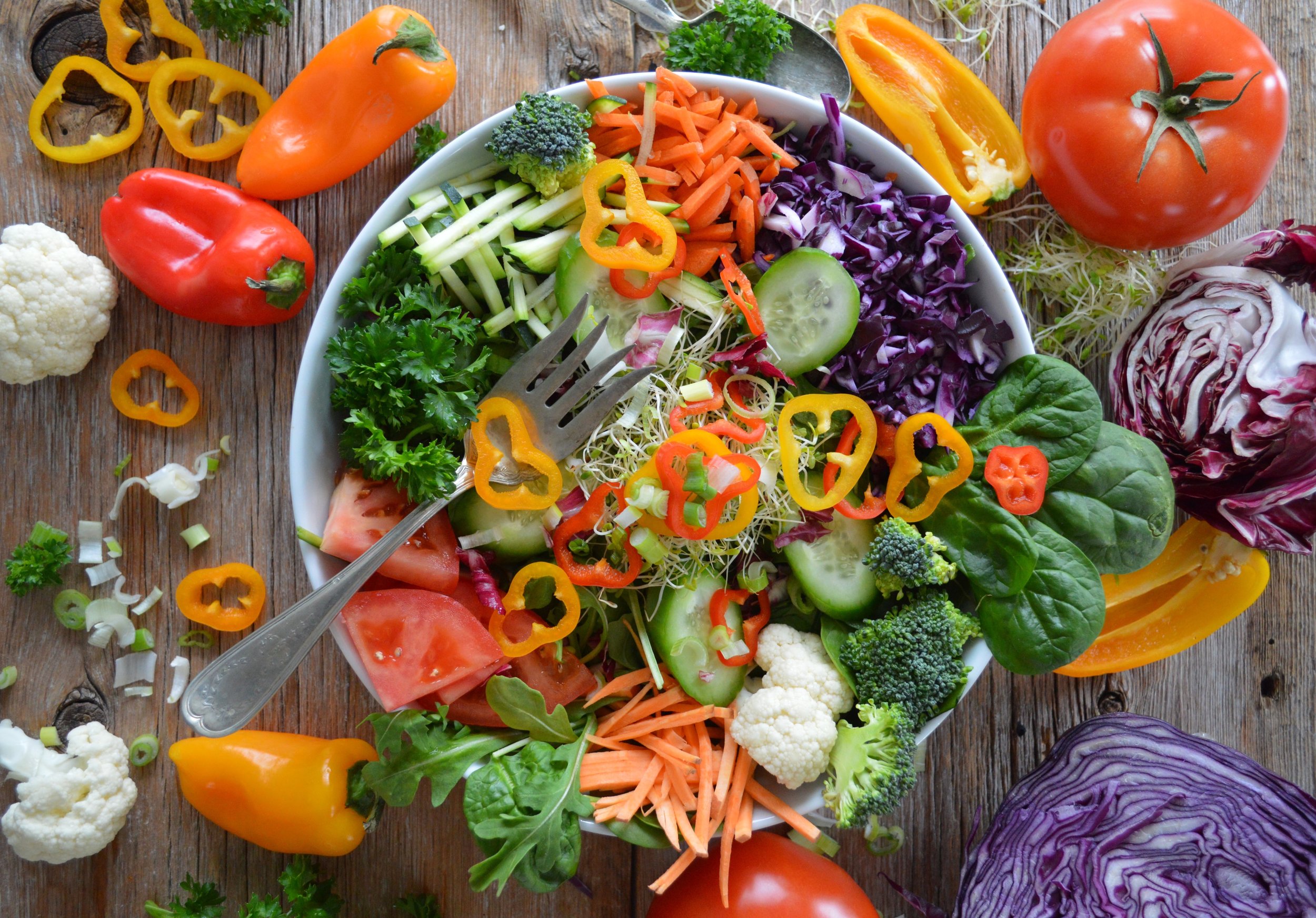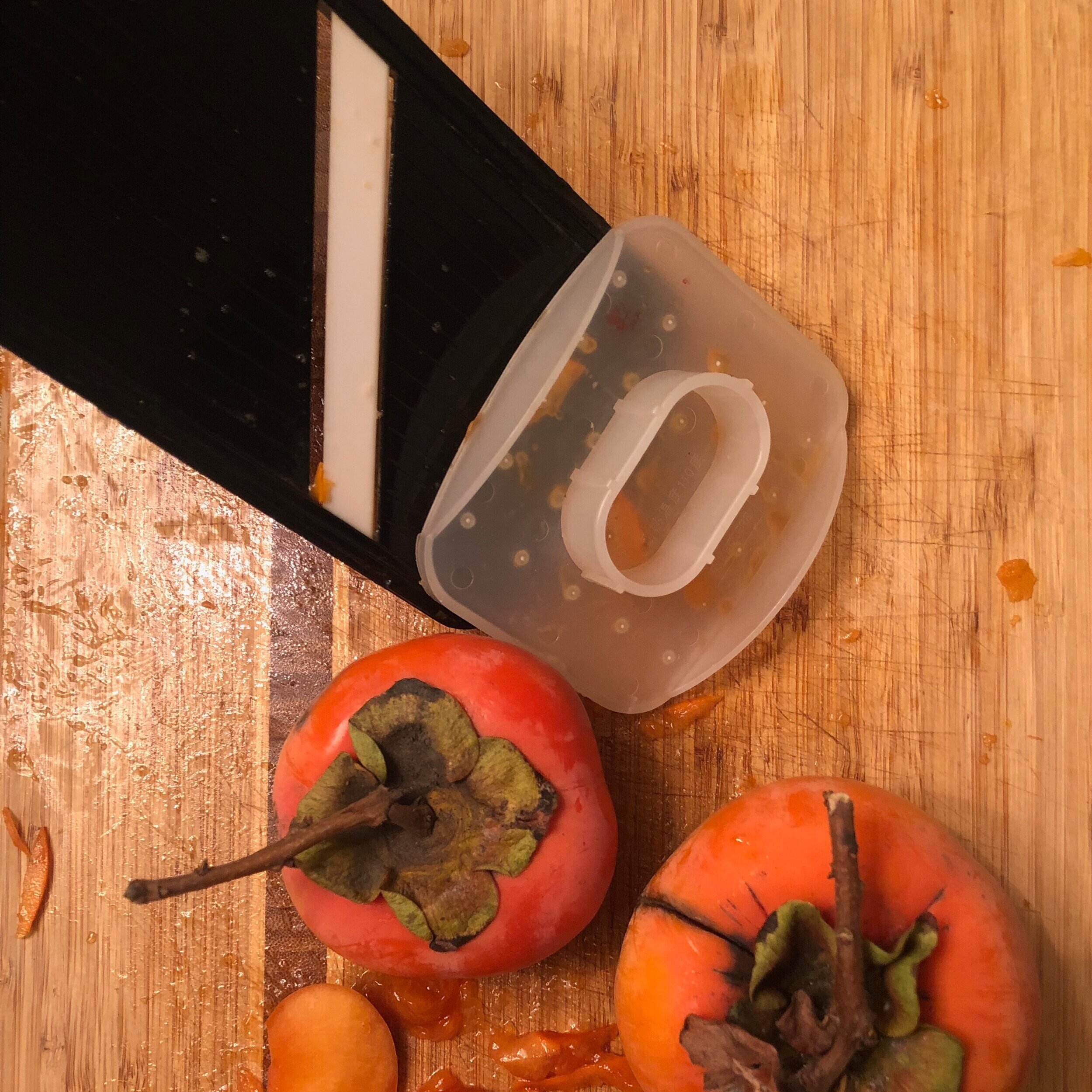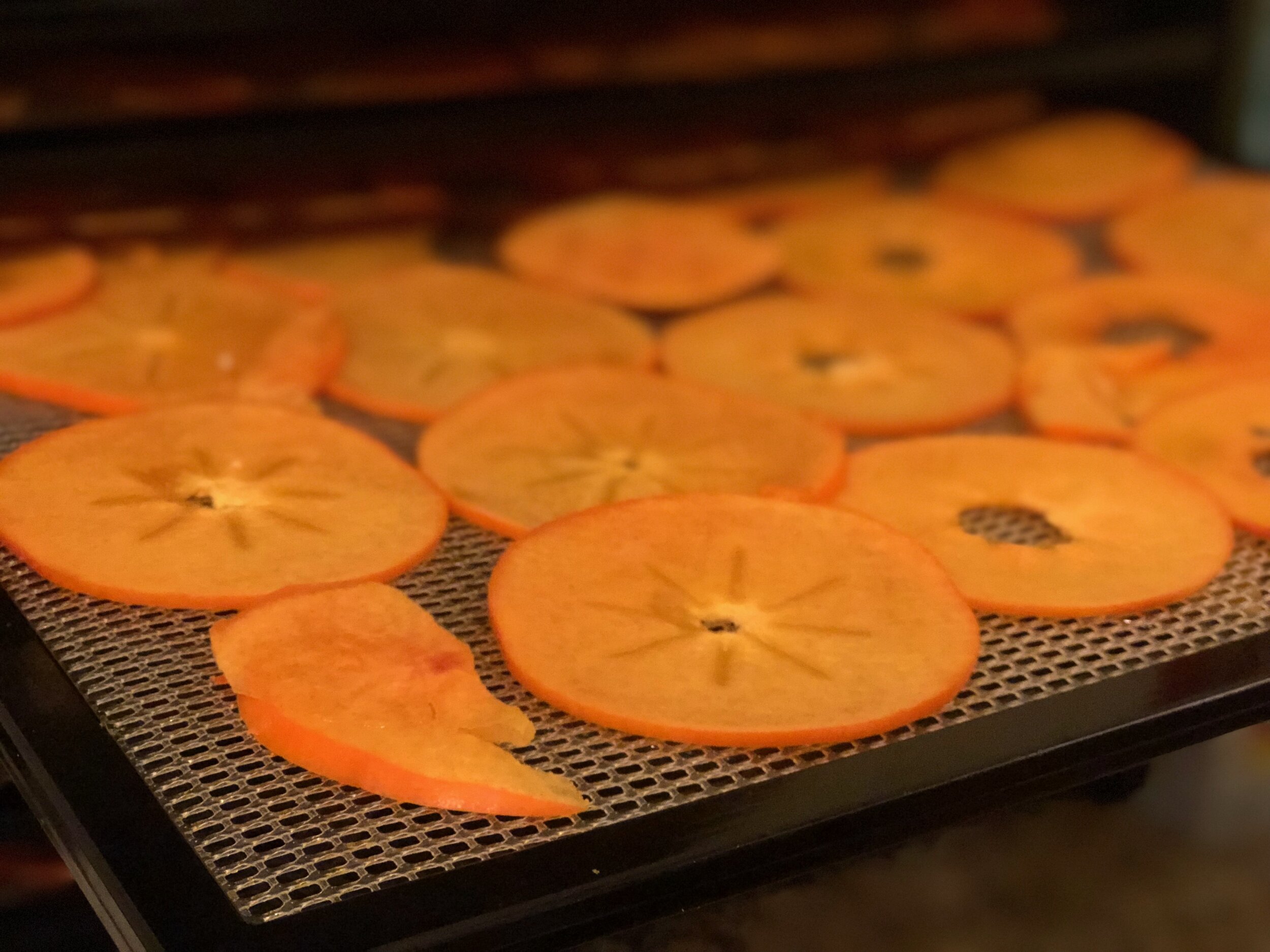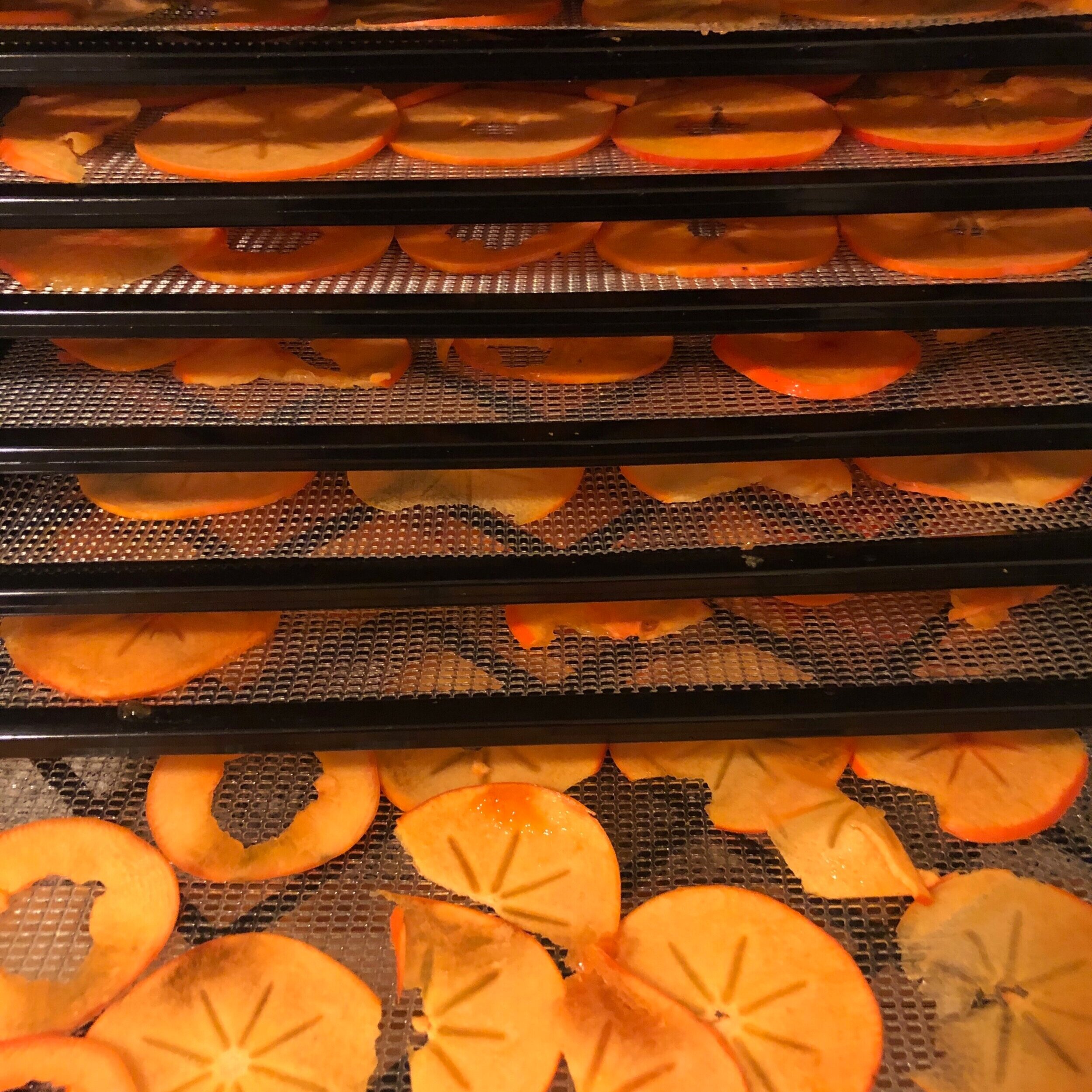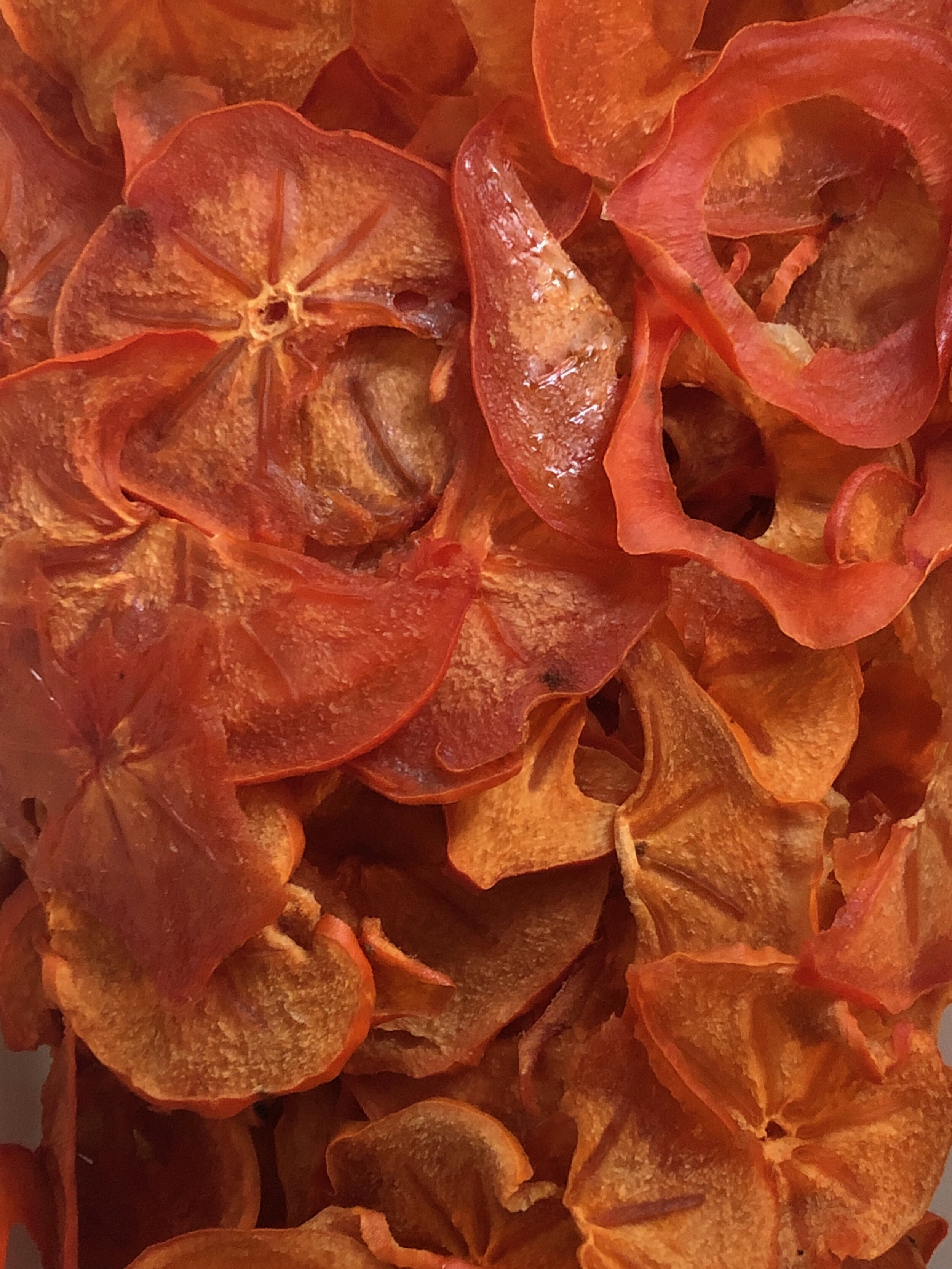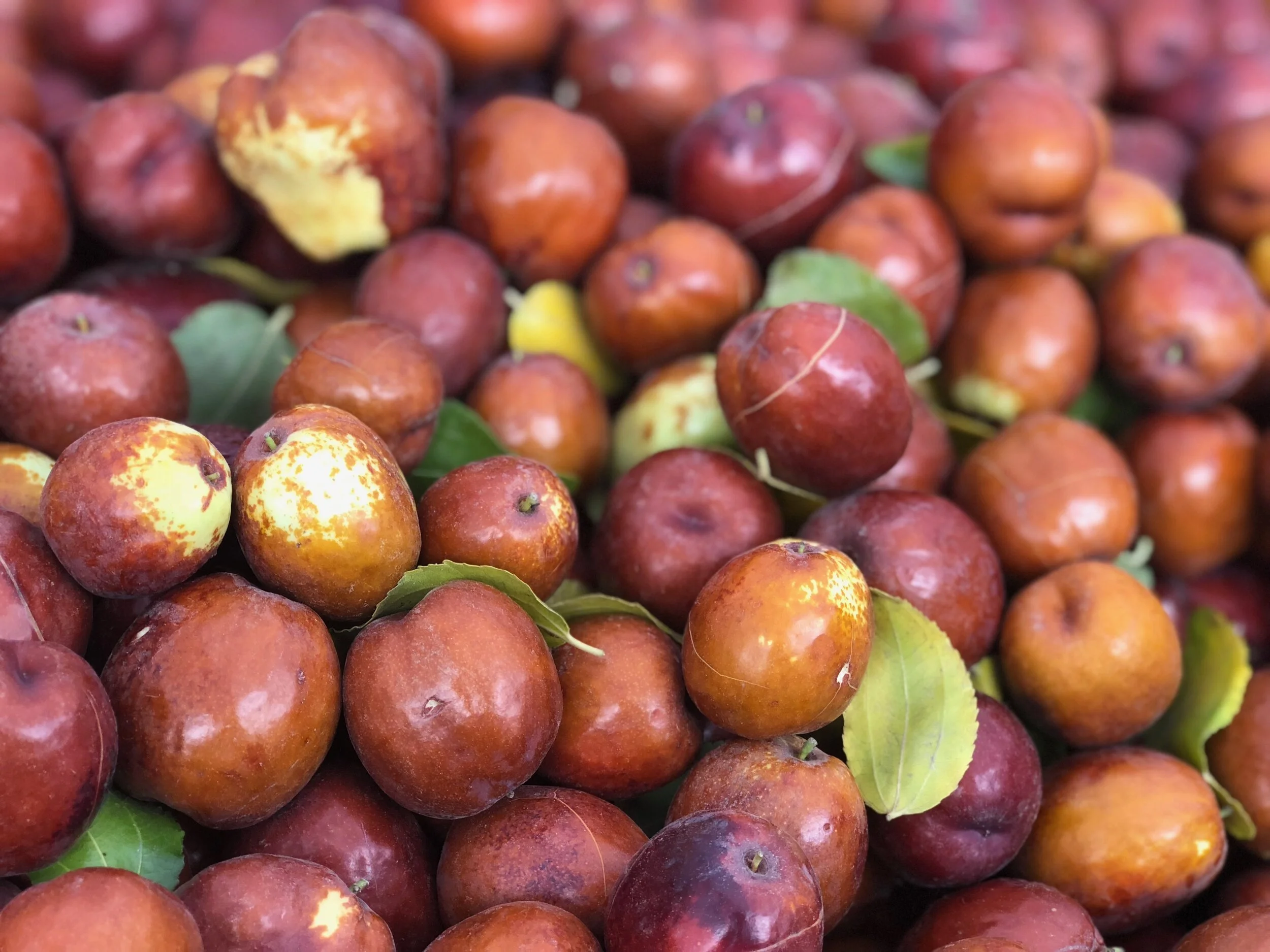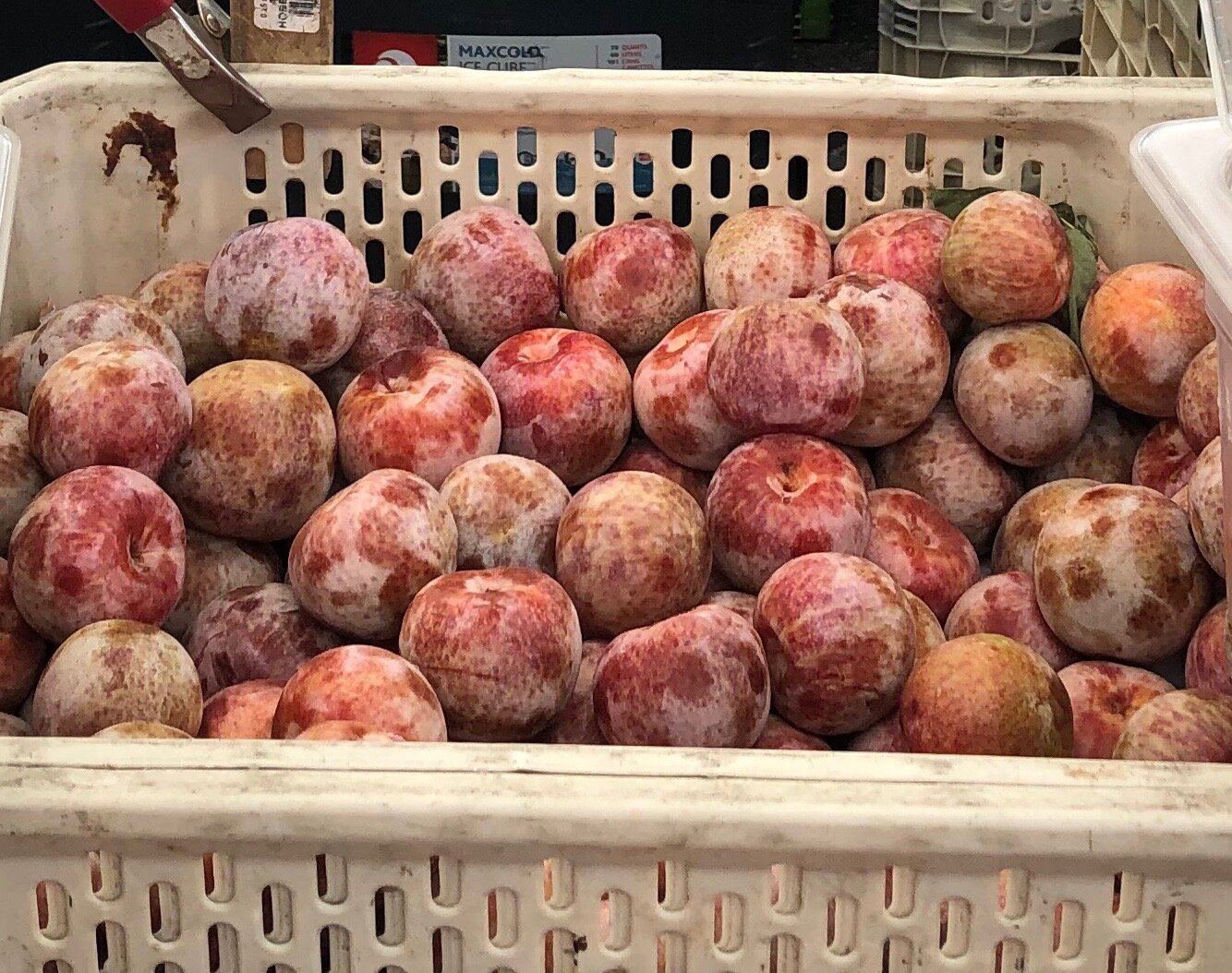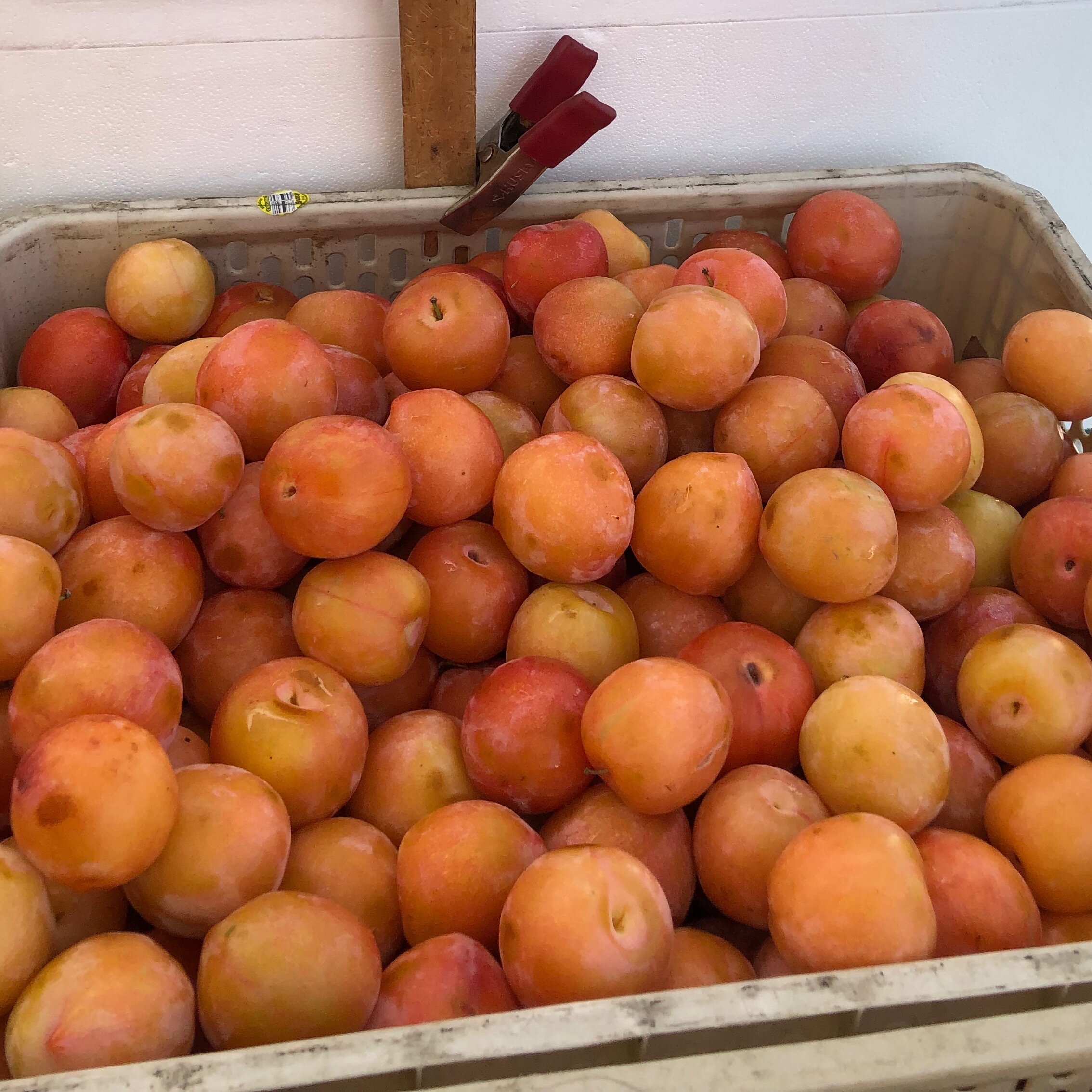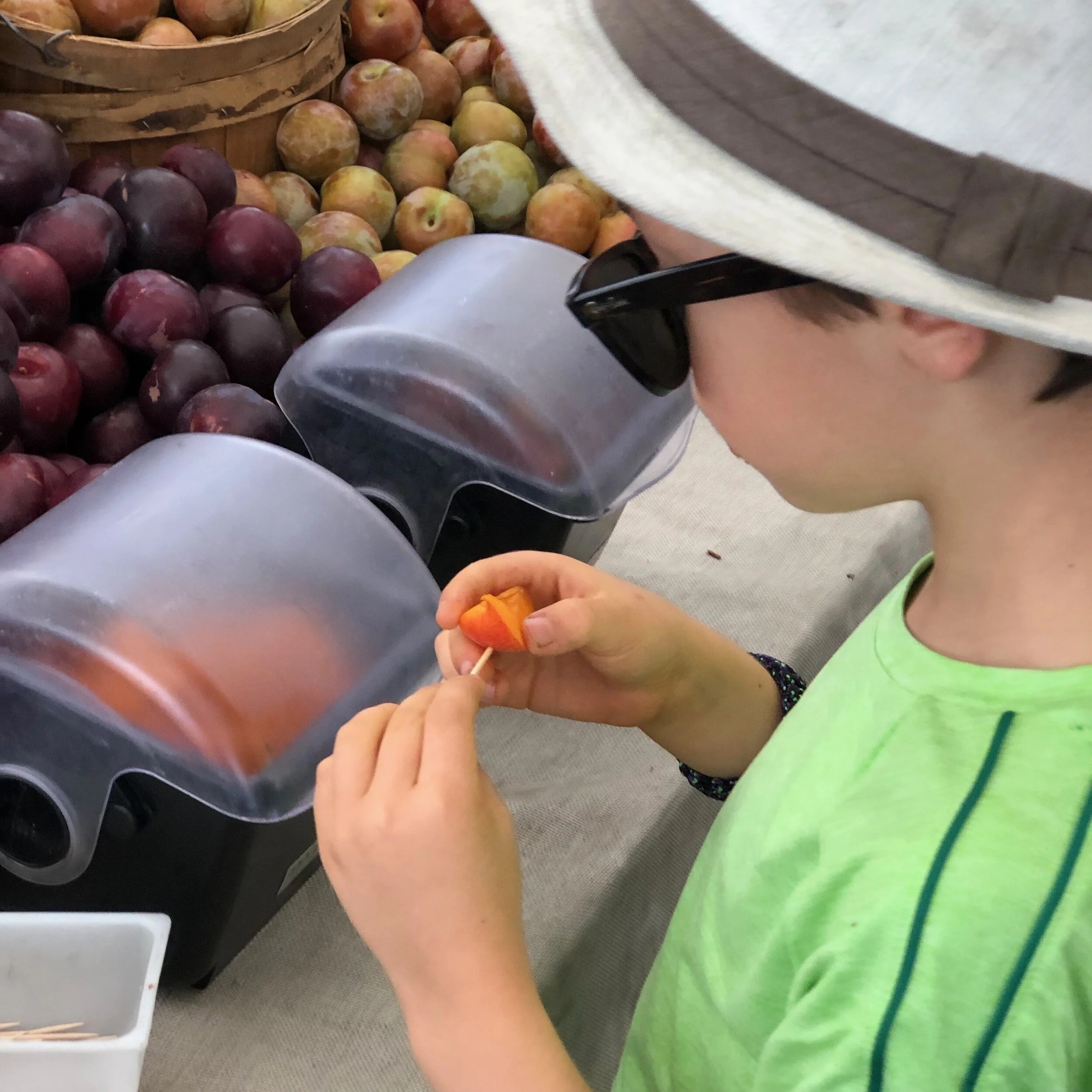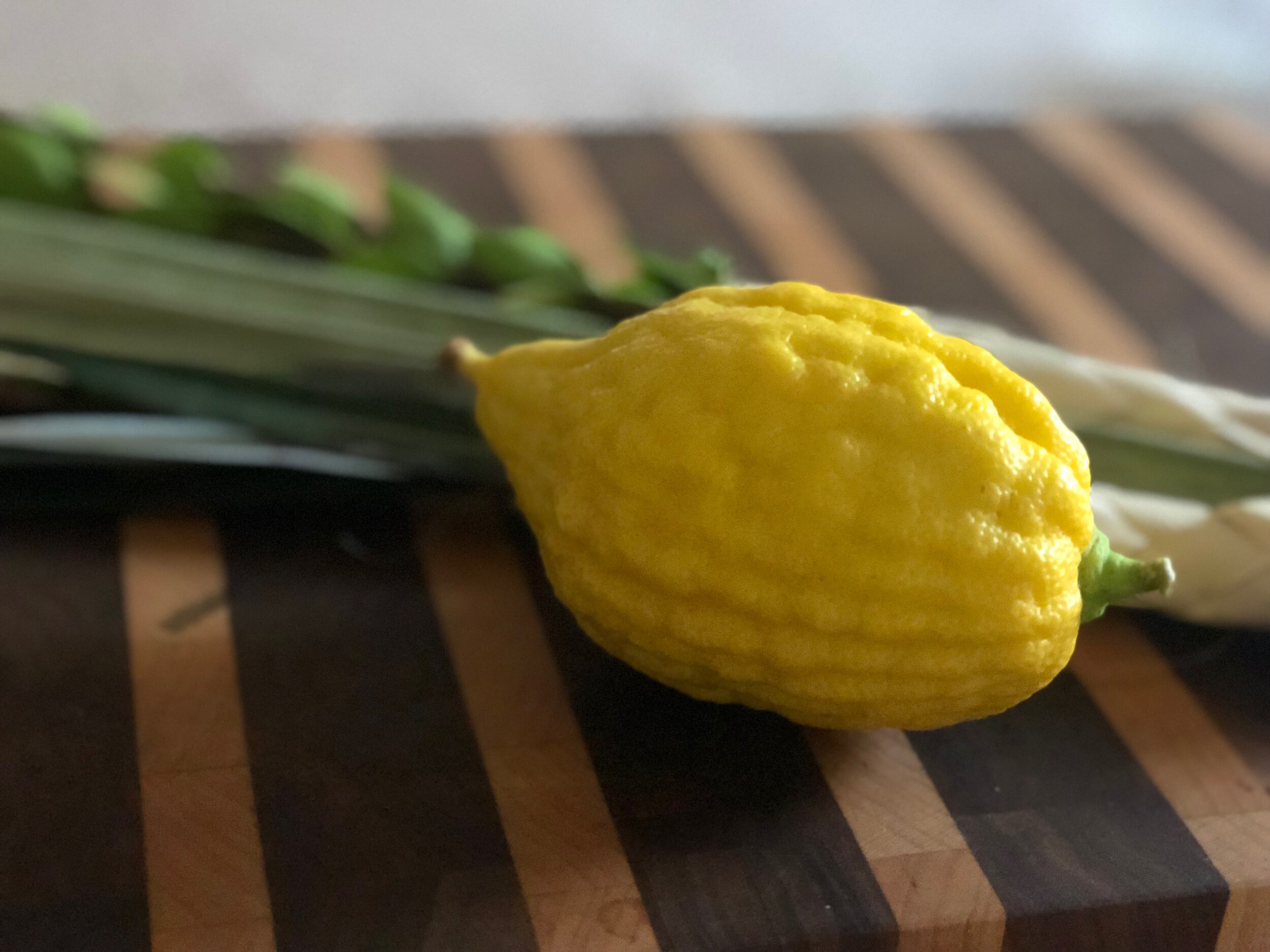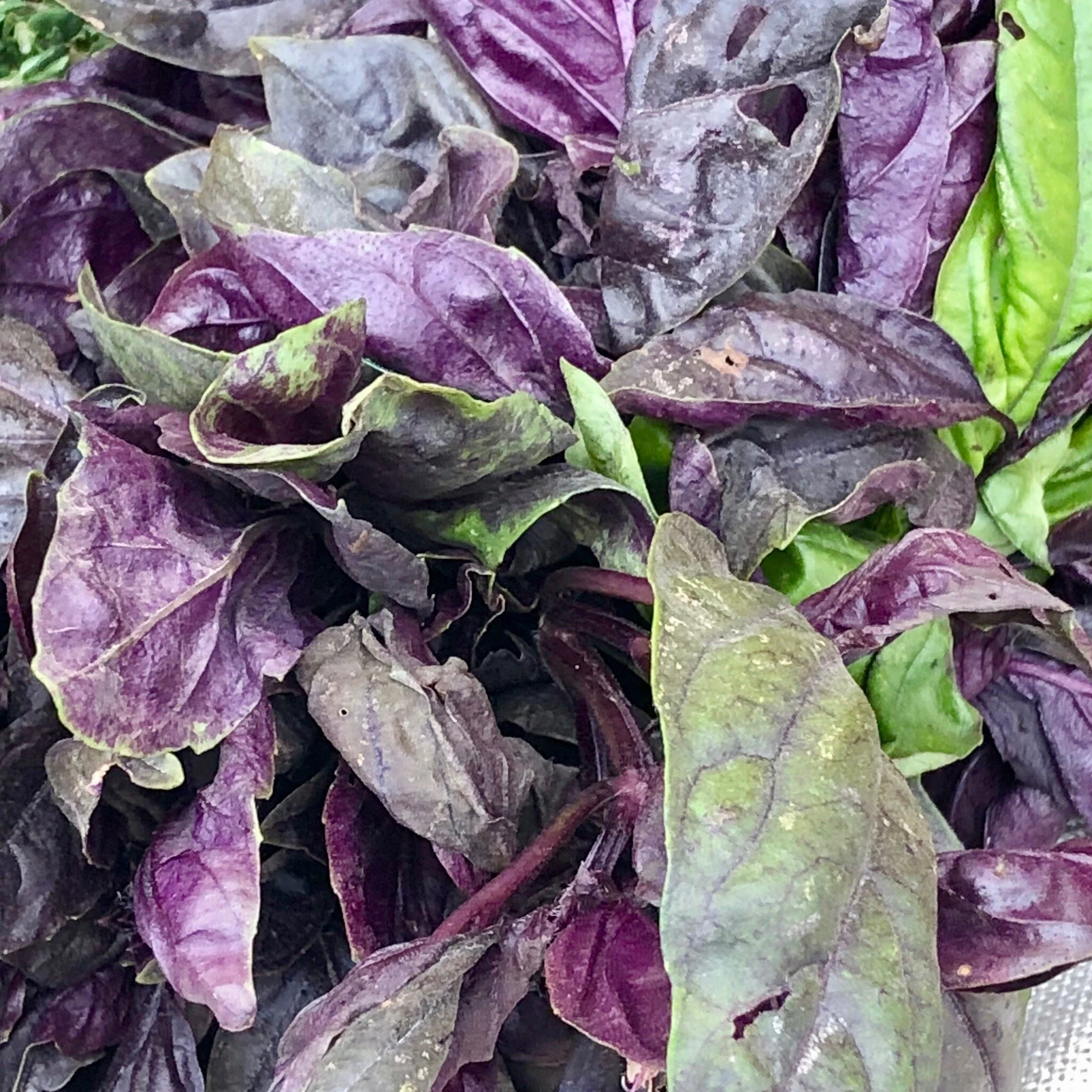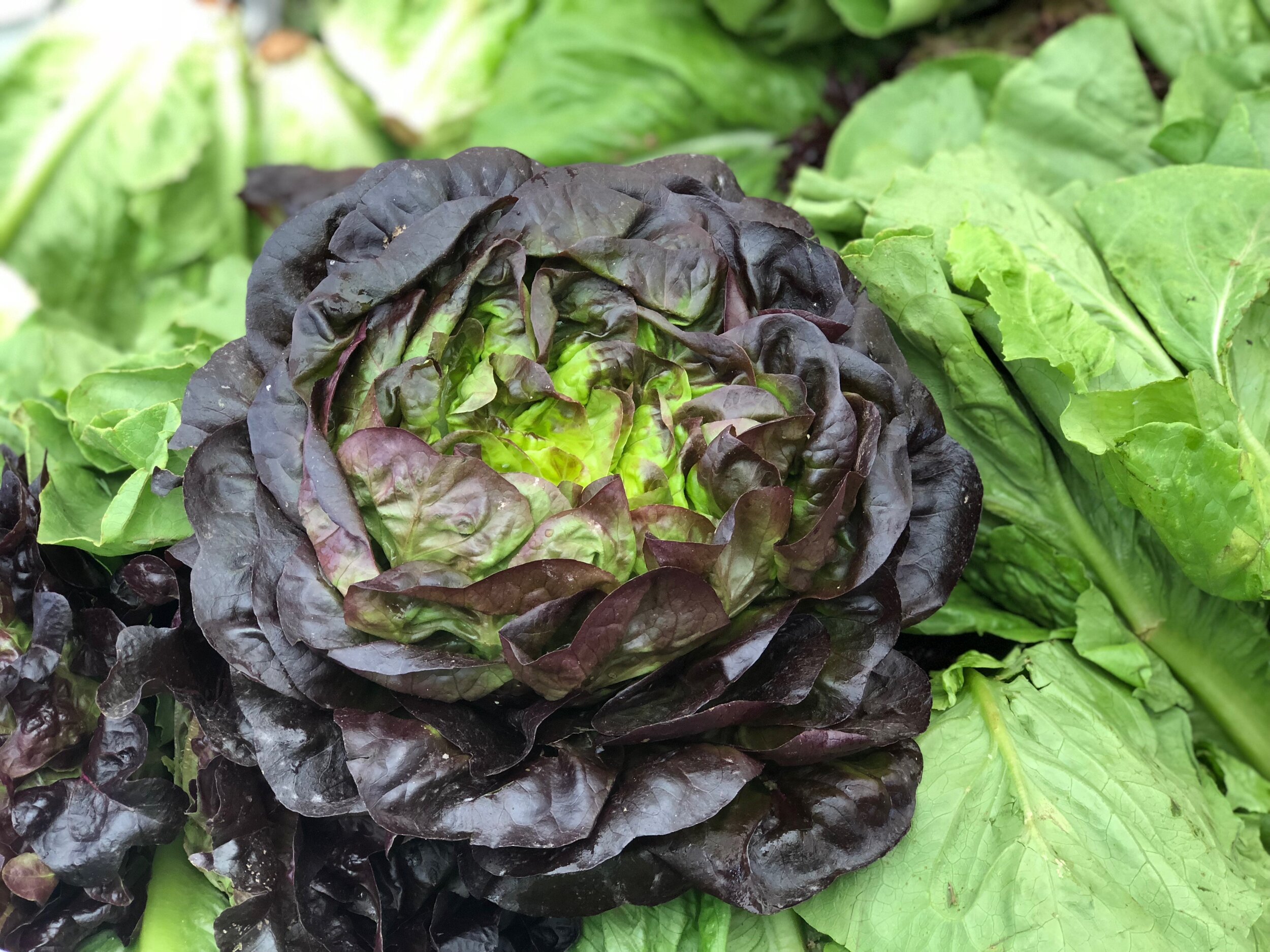Dried Persimmon Chips: Snacks for the Kids
/What The Heck Is A Persimmon?
When you live in Los Angeles, you become spoiled by the enormous selection of fruits. There is hardly any fruit that is not grown in California in some capacity. Some, like the pomegranate, achieve wide exposure due to corporate marketing campaigns. Others remain artisan or exotic, quietly tucked away from the mainstream.
A persimmon is neither artisan nor exotic. But its unfamiliarity within the general population makes it enigmatic. To the uninitiated, it either resembles a plump tomato but with the wrong color; or it has the crunch of an apple but the taste of cinnamon and honey.
One you’ve tried one, though, you will be smitten. Just ask the Japanese. They made it their national fruit!
Two Common Varieties: Fuyu vs. Hachiya
To add further confusion, there are two common varieties of persimmon, Fuyu and Hachiya. Unlike, say, apples, these persimmon varieties are vastly different from one other:
Fuyu Persimmon
Resembles a cross between a tomato and a tiny pumpkin. When it is ripe, the texture is firm and crisp, like an apple. This variety is non-astringent.
Hachiya Persimmon
Resembles a heart. It is not edible until it is very, very soft and jelly-like. The high tannin content in the unripe Hachiya gives it a harshly leathery, astringent taste. The sensation is similar to an unripe green banana or a very dry wine.
Even people who work in the grocery business may be unfamiliar with the Hachiya.
To illustrate:
I recently grabbed a handful of very soft and ripe Hachiya persimmons at Whole Foods. The woman at the checkout stopped me and remarked, “Oh no! Those are rotten. Let me get you some firm ones!” I responded, “No, you really don’t want to do that! They’re supposed to be soft.”
Nutritional Powerhouses: Persimmons Are High In Vitamin C, Iron, And Other Nutrients
Nutritionally, persimmons are high in vitamin C and contain iron, calcium, potassium and manganese. They are also a reliable source of antioxidants such as vitamin-A, β-carotene, lycopene, lutein, zeaxanthin and cryptoxanthin, which may play a role in certain aging processes.
Aside from Whole Foods and some specialty markets, the best place to find persimmons is at farmer’s markets around the LA area. The growing season runs from mid-October to late December, although I am still seeing (and buying) them into January this year.
How To Eat Them: Dried Persimmons
In addition to eating them fresh, dried persimmons also have several great uses:
As a dried snack for the kids to pack in their school lunches
In a salad, tossed into little pieces like dried cranberries
As an addition to a homemade trail mix
We like to use the pumpkin-colored Fuyu persimmons for this, as their drier, firmer texture makes them an ideal candidate for dehydration (or low-temperature oven drying). Hachiya persimmons are too astringent until they are very ripe, so these are best used in other recipes like a jam, pudding or smoothie.
How To Make Dried Persimmons
Wash well (as you will be using the skin too; organic is best for this).
Slice thin using either a mandolin (manually) or a CuisineArt (we use a PowerBlend Duet). You can choose the thickness that you want for your slices. On the manual mandolin, we set ours to 1.3mm.
Lay out the slices on a wire mesh rack in a single layer.
Dehydrate at 145°F for 1 hour, then lower to 115°F for 6-8 hours (or until dry). If using an oven, set at the lowest temperature setting and leave the door ajar if you can. Depending on the oven, you will need to check the texture until the fruit feels dry to the touch.
Store in an airtight container like a Mason jar for up to 6 months.

